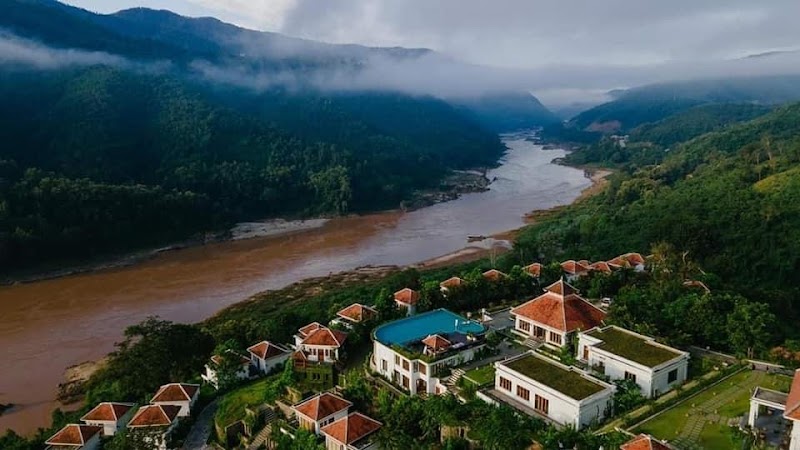
Nong Lak Si National Park Adventures
Nong Lak Si National Park offers a rich blend of dense forests, waterfalls, and mountainous landscapes, ideal for wildlife observation and peaceful nature exploration in northern Thailand.
About Nong Lak Si National Park

Nong Lak Si National Park is located in the northern region of Thailand within Phayao Province, encompassing diverse terrain including thick evergreen forests, rugged hills, and crystal-clear streams. The park protects vital habitats for a variety of wildlife species, including several endemic birds and mammals. Established to conserve the natural environment of the upper Ping River basin, the park is an important ecological reserve. Visitors can enjoy several outdoor activities such as hiking through forested trails, birdwatching, and visiting waterfalls like the popular Namtok Nong Lak Si. The park's moderate elevation creates a cooler climate than the surrounding lowlands, enhancing visitor comfort. Historical interest lies in local hill tribe cultures and traditional agricultural practices in the nearby communities. With limited development inside the park, visitors experience a relatively undisturbed natural setting that appeals to those seeking solitude and connection with nature. The park infrastructure includes basic visitor facilities and marked trails that guide adventurers to key attractions. Nong Lak Si is gaining attention as a destination for eco-tourism with its opportunities for wildlife observation, photography, and outdoor recreation amidst the unspoiled northern Thai forest.
Highlights
Namtok Nong Lak Si Waterfall – a scenic multi-tiered waterfall popular for swimming and photography
Diverse bird species including the Siamese Fireback pheasant
Hiking trails leading to panoramic viewpoints over the forest canopy
Remote forest interior with opportunities for spotting wild mammals like barking deer
Notable Natural Features
Namtok Nong Lak Si
A beautiful, multi-level waterfall that flows year-round and provides natural pools for wading and swimming.
Evergreen Forests
Dense forests with a variety of native trees providing habitat for diverse bird and mammal species.
Ping River Basin
The park helps conserve water sources and ecosystems that feed into the important Ping River.
